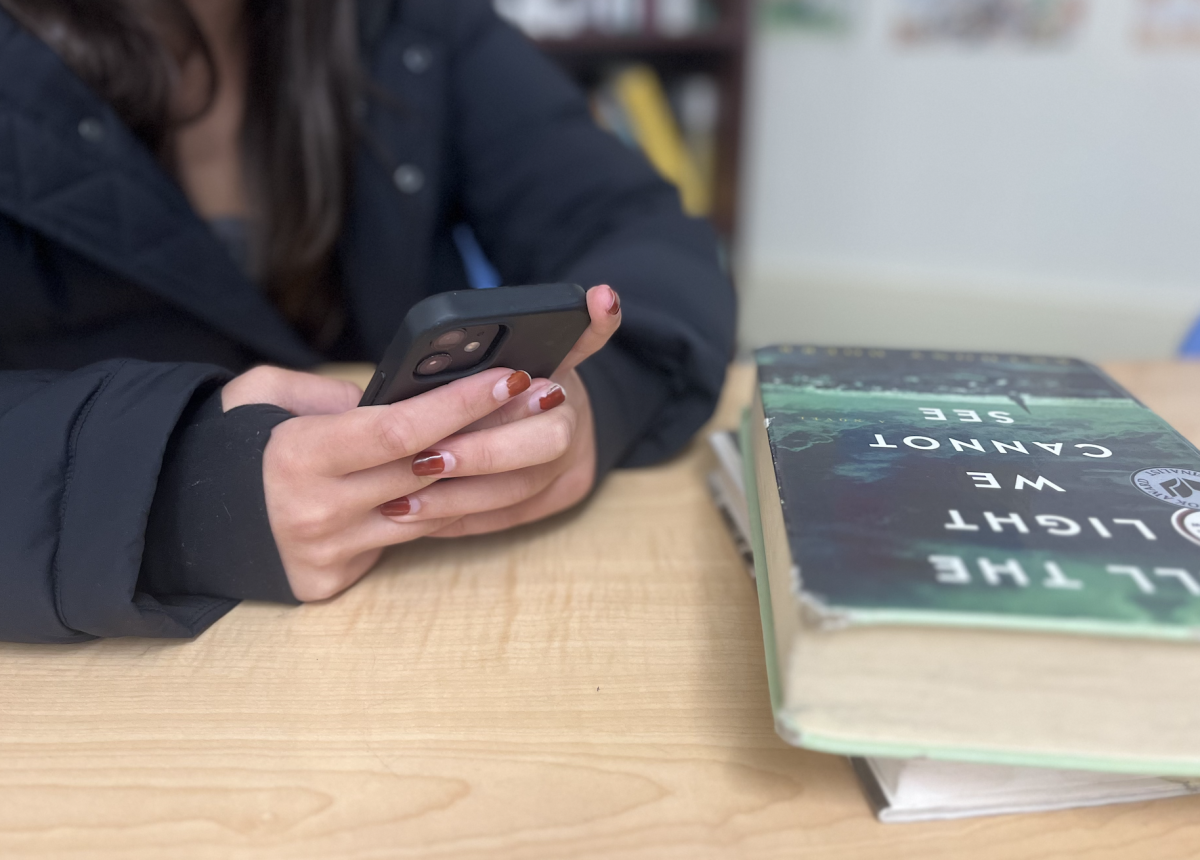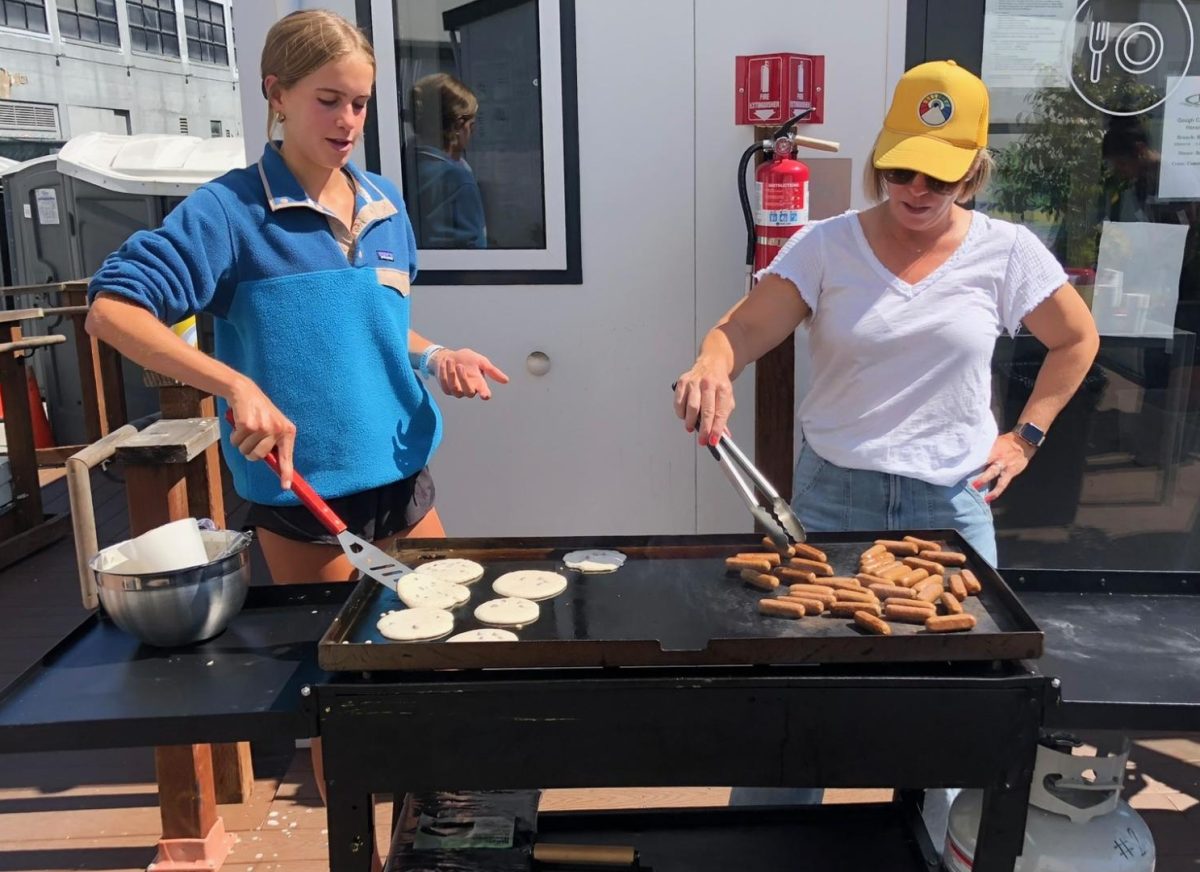With only three weeks of hybrid learning complete, Tamalpais Union High School District (TUHSD) members were still memorizing classroom numbers, struggling to connect roomers with Zoomers and planning lunch dates with shared-cohort peers; yet, on March 23, Superintendent Dr. Tara Taupier announced our return to full in-person instruction, starting April 13, catching students and staff by surprise. Taupier’s previous “District Update” email, sent just four days prior, notified the community of our shift to two-cohorts given recent changes to California Department of Public Health (CDPH) guidelines. Mixed emotions of excitement and confusion overcame the community, as they either welcomed or questioned the district’s decision. As TUHSD continues its pursuit to normalcy, here is a review of the events that led to the district’s return.
Zoom to hybrid
 The district began planning Redwood’s arrival to campus over the summer of 2020; however, finding a model that was regarded as both safe and equitable for all was a difficult task. According to Taupier, the TUHSD maintained state-mandated safety practices when inside the building by purchasing air purifiers and plastic separators for every classroom, implementing a mask mandate and requiring frequent desk cleanings. For Taupier, reassuring those in the Redwood community of the plan’s safety was just as important to the back-to-school process as the guidelines themselves.
The district began planning Redwood’s arrival to campus over the summer of 2020; however, finding a model that was regarded as both safe and equitable for all was a difficult task. According to Taupier, the TUHSD maintained state-mandated safety practices when inside the building by purchasing air purifiers and plastic separators for every classroom, implementing a mask mandate and requiring frequent desk cleanings. For Taupier, reassuring those in the Redwood community of the plan’s safety was just as important to the back-to-school process as the guidelines themselves.
“You have to acknowledge that people are uncomfortable and acknowledge that there’s a reason to be uncomfortable, but also assure them that we’re following the science and we’re following the data,” Taupier said. “To some degree, it’s a matter of just getting used to a new normal. It’s scary at first, but then, after a few days, you’re like, ‘Oh, it’s not so bad.’”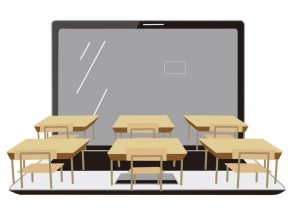
According to Taupier, school is made safe by the careful nature of many public health safety protocols, which err on the side of caution. The administration follows COVID-19 research studies to ensure that all safety protocols are up-to-date and that schools can reopen to the furthest extent possible.
“All of these mitigation factors –– the masking, the distancing, the air-purifying –– they’re built off of the assumption that everyone has COVID-19,” Taupier said.
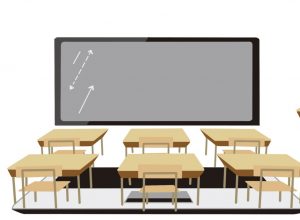 With a growing number of schools across the country returning to in-person learning, studies have found that some COVID-19 safety protocols do not notably decrease the spread of the virus, and are not necessary. A recent study, published by Oxford University Press on March 10, 2021, revealed that decreasing the physical distancing requirements between people inside a school building can safely occur without increasing COVID-19 transmission. The experiment deems a three to six foot range as safe, given that everyone is properly masked; the TUHSD based their choice to return to school in one cohort on this information and plans to relax social distancing guidelines upon the April 13 return.
With a growing number of schools across the country returning to in-person learning, studies have found that some COVID-19 safety protocols do not notably decrease the spread of the virus, and are not necessary. A recent study, published by Oxford University Press on March 10, 2021, revealed that decreasing the physical distancing requirements between people inside a school building can safely occur without increasing COVID-19 transmission. The experiment deems a three to six foot range as safe, given that everyone is properly masked; the TUHSD based their choice to return to school in one cohort on this information and plans to relax social distancing guidelines upon the April 13 return.
Even with precautions in place and updated guidelines, not all students and staff are comfortable returning to in-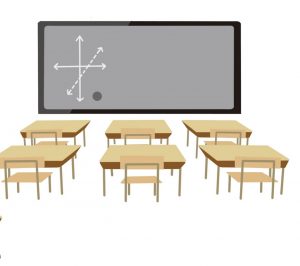 person instruction. While students currently have the choice of attending in-person or virtual school — as long their decision follows the set cohort schedule — TUHSD faculty were not granted the same flexibility.
person instruction. While students currently have the choice of attending in-person or virtual school — as long their decision follows the set cohort schedule — TUHSD faculty were not granted the same flexibility.
In fact, over winter break, the administration asked all TUHSD staff to submit a formal request if they did not want to return to in-person learning. This system allowed teachers to specify any COVID-19 related needs or preferences, even giving them the option to opt out of in-person instruction if approved by the administration.
According to TUHSD teacher “Jane,” who wishes to remain anonymous, the appeals were carefully reviewed and discussed in meetings run by the administration. Lars Christensen, the TUHSD Assistant Superintendent of Human Resources, single-handedly dealt with the process of deciding which teachers could instruct from home and which could either return grudgingly or forgo their jobs for a semester. Jane’s wish to teach from home was rejected; additional details on the circumstances surrounding Jane’s request remain confidential. Still, Jane appreciated the meeting, as it allowed her to openly discuss her situation.
“[The meeting] was really nice because it was a really hard situation, and even though the district wasn’t able to accommodate [me], it was nice to be able to have the conversation,” Jane said.
Staff members who were unable to come back to school but were also denied the ability to teach virtually were required to take a semester-long unpaid leave of absence, with a semi-permanent substitute teacher instructing their classes instead. According to Christensen, the endeavor, called the “interactive process,” included a mixture of interviews, doctors’ notes and Christensen’s own judgment calls. Although not required by law, the TUHSD also factored in whether anyone living in the teacher’s household had a preexisting condition, which, for Christensen, proves the district’s commitment to teacher safety.
“It’s one thing to stand up in front of a crowd and say, ‘Hey, we care about our employees,’ but in times of crisis, you really need to show it, not just talk about it,” Christensen said. “So we’ve protected the employee’s family.”
All of the TUHSD’s planning came to a culmination on March 2, when 87 percent of Redwood students –– according to Taupier –– returned in three cohorts as hybrid learning commenced. Now, members of the district work hard to set up classrooms, lesson plans and schedules, preparing for our full return to the building.
Hybrid to full in-person learning
While the district’s return to a three-cohort learning model took months of vigilant planning, the decision to return 100 percent in-person was a swifter process. Taupier explains how the resolution was backed by Marin’s accelerating vaccination rates and updated Centers for Disease Control (CDC) guidelines.
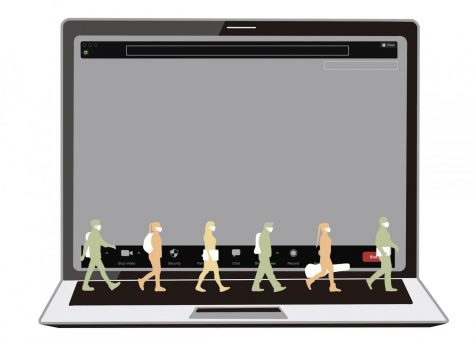 “[The decision] was in collaboration with our teachers’ union, and they said, ‘Let’s just come back full time after April break.’ I know it’s a little bit more abrupt, but everyone’s vaccinated, and there’s science behind it being safe,” Taupier said.
“[The decision] was in collaboration with our teachers’ union, and they said, ‘Let’s just come back full time after April break.’ I know it’s a little bit more abrupt, but everyone’s vaccinated, and there’s science behind it being safe,” Taupier said.
Taupier’s confidence in the decision’s safety is supported by the continuation of the daily health screener to aid contact tracing and the requirement of students to choose either online school or in-person school, without switching back and forth. Even with these protocols in place and the district’s endorsement, not everyone in the TUHSD community feels as comfortable with having the whole student population on campus at once. Maria Civano is an eight-year Redwood Spanish teacher who, while excited for in-person interaction with her students, fears bringing COVID-19 home to unvaccinated family members. According to the CDC, the vaccine’s effectiveness in preventing transmission is still unknown.
“The satisfaction of my profession is just being with the kids. … So, this is beautiful, being with [the students] and being able to have eye contact and have personal connections,” Civano said. “On the other hand, I think it is dangerous. I know the CDC guidelines allow [for] this kind of return, [but] the dangerous part is that, even though most teachers are vaccinated already, we have dependents at home who are not.”
This apprehension can, in part, be attributed to the school’s updated interactive process guidelines. For the district’s
return in three cohorts, TUHSD took immunocompromised members of a teacher’s household into consideration. Now, with all teachers fully vaccinated, high-risk family members are not covered. Instead, every faculty member teaching virtually is required to undergo the interactive process again and will be submitting requests until April 12; most will be required to return to the building.
Not every aspect of the district’s full in-person plan has been perfectly executed, though, specifically when it comes to communication. A few teachers suspected TUHSD would return for full in-person learning, but there was no formal announcement until March 22, which made some, including Civano, feel unheard. While Civano understands that some of the incommunicability between teachers and administration stems from legality issues and teacher union politics rather than ill will, she says that the district should have weighed the teachers’ opinions more heavily.
“I think that’s part of the problem because [teachers] feel we are not being heard,” Civano said. “We’re all adults, [and] we know that we’re not going to get our way in everything that we asked for. But I felt that [the full in-person return news] was handed down to me without any input [on] my part. And I think that [with me] being on the front lines, my input [is] valuable.”
While the physical safety of students and their families is a concern for many, that concern was balanced with a want to prioritize student mental health. According to a Bark survey conducted in March 2021, 24 percent of Redwood students reported having suicidal thoughts. Taupier explains how the trend shown by this statistic was a driving factor behind full in person learning.
“One of the hardest things for us is [that] we wanted to keep everyone safe, but we also know that there’s been an increasing mental health crisis happening among youth,” Taupier said. “The distance learning and the isolation is having a really negative impact on young people, so part of it is weighing [the options]. We really have been careful — we’ve been getting all the staff vaccinated, and now I think it’s time to make sure we can keep as many students safe as possible.”
 For the most part, it appears the district’s goal has paid off. In-person school is a positive force when it comes to students’ mental health, an experience senior Elsa Quinton has undergone firsthand.
For the most part, it appears the district’s goal has paid off. In-person school is a positive force when it comes to students’ mental health, an experience senior Elsa Quinton has undergone firsthand.
“For the most part, it’s good for everyone to socialize even if you aren’t a super social person. Just having in-person interactions with students and teachers [is beneficial],” Quinton said. “Having that separation from home and school is pretty important, at least for me.”
Despite the importance of social interaction on students’ mental wellbeing, especially after a year of solitude, students themselves are the ones with the power to help Redwood remain in-person with their behavior off-campus, according to Taupier.
“The success of this moving forward really will be not what happens at school, but what happens outside,” Taupier said. “[We need to make] sure that everybody is staying vigilant … so we can open and stay open.”
Between teacher accommodation requests, COVID-19 safety precautions and evolving hybrid learning models, it is clear that the transition from Zoom to the room was a balancing act. Despite the struggle to pull together a quality learning experience for students, Christensen says all of the TUHSD’s work was worth it.
“I do think all of [our] mitigation measures [will] help to ease the transition back,” Christensen said. “Most folks want to come back, and as long as we’re all cautious and thoughtful and methodical about how we move through our day, we’re going to be okay.”

